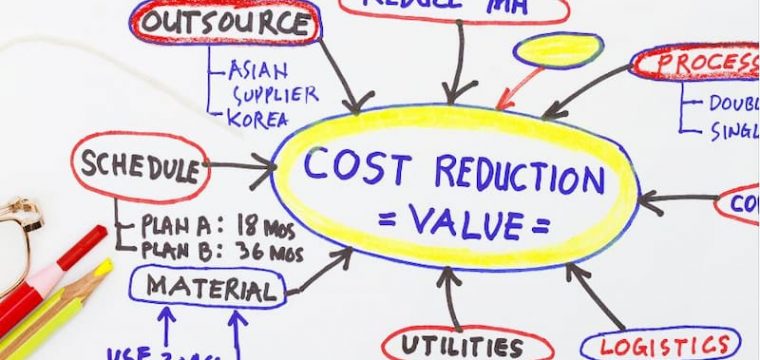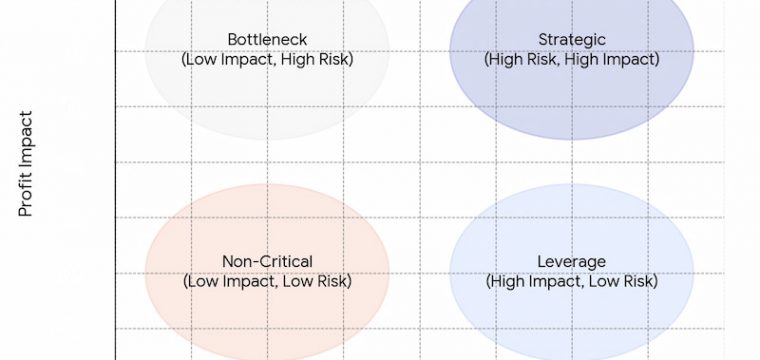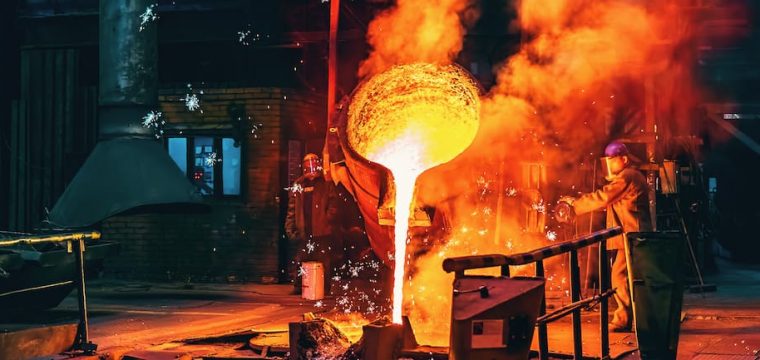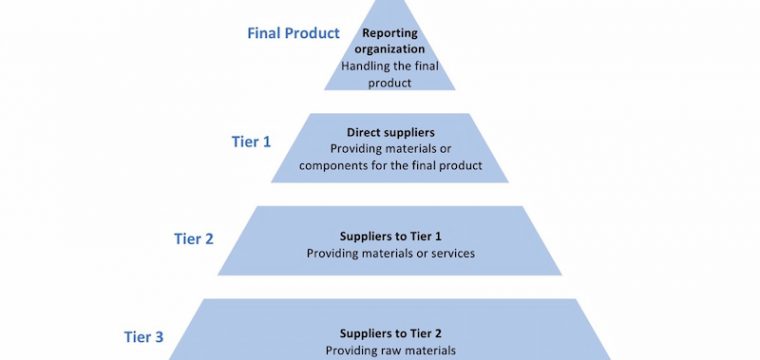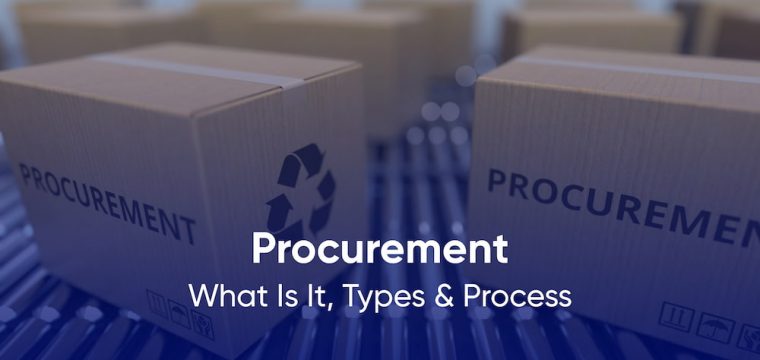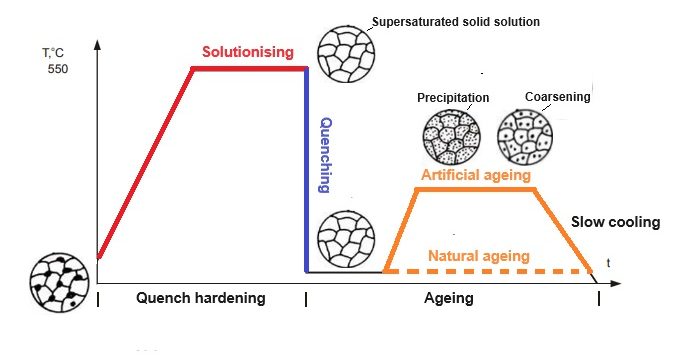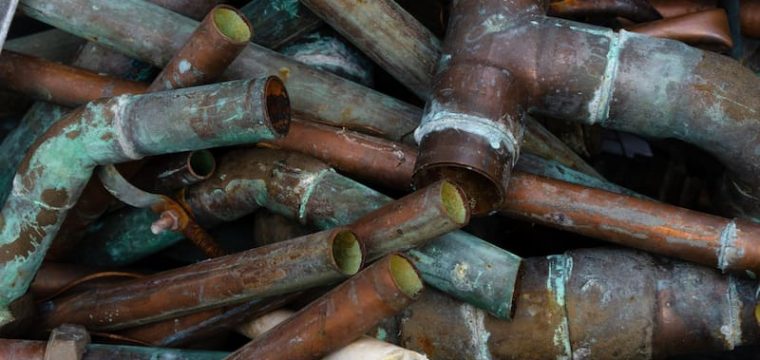Engineering Blog
Categories
- Tolerances
- CAD-CAM
- Machine Components
- Product Updates
- Project Management
- Learn from Engineers
- Fabrication Methods
- Engineering Materials
- Product design
- Company News
- Welding
- Procurement
- Casting
- Supply Chain
Posts
-

Investment Casting – Working Principle, Process & More
01. August 2024Like sand casting, investment casting is one of the oldest casting processes practiced already in ancient civilisations. Dating back to 3700 B.C. in the Levant region for making jewelry, ornaments, […]
-

Supply Chain Issues: Port Congestion
23. July 2024Port congestion poses a significant challenge for shipping and delivery services worldwide. Ports are vital hubs for moving goods, and handling tasks like customs clearance and transportation. When congestion occurs […]
-

Cost & Value Engineering
26. June 2024In today’s competitive environment, maximising the efficiency and effectiveness of resources is crucial. Value Engineering and Cost Engineering offer robust strategies to achieve this goal. As systematic methodologies, they focus […]
-

Kraljic Matrix Explained
24. June 2024The Kraljic Matrix, developed by Peter Kraljic in the 1980s, is a powerful tool used in procurement and supply chain management to categorise and prioritise purchases and suppliers based on […]
-

Metal Casting – Definition, Process & Types
07. June 2024Metal casting is a manufacturing process that involves melting metals and pouring them into moulds to form specific shapes. It is primarily used in the manufacturing industry to produce various […]
-

Supplier Tiers Explained
16. May 2024Supply chains have evolved into complex networks of interconnected suppliers who collectively provide the materials, services and essential components needed to create a finished product. Managing these relationships effectively is […]
-

Understanding Procurement – What Is It, Types & Process
08. May 2024Have you ever wondered how that complex bridge gets built or that sleek new gadget gets manufactured? It all starts with procurement. The success of any engineering project relies on […]
-

Procurement and Supply Chain Risks in EPC Projects
23. April 2024Engineering, Procurement and Construction (EPC) projects are becoming one of the most common methods to implement large, complex projects. Undertaking EPC projects involves a meticulous approach towards planning, sourcing, and […]
-

Precipitation Hardening – How It Works, Benefits & More
10. April 2024Precipitation hardening, also known as particle hardening or age hardening, is a heat treatment method used to increase the yield strength of many different metals, including most structural alloys. The […]
-

Procurement Transformation: A Holistic Approach with Technology Integration
03. April 2024In today’s rapidly evolving business landscape, procurement transformation is no longer a matter of choice but a necessity. While the traditional procurement models are becoming outdated, the integration of technology […]
-

Copper Corrosion Explained
12. March 2024Copper is a widely used metal that possesses a unique combination of properties, such as being malleable, ductile, and conductive. Like any other metal, it undergoes a decomposition or oxidation […]
-

Supplier Relationship Management (SRM)
11. March 2024In today’s dynamic business environment, Supplier Relationship Management (SRM) stands out as a crucial and significant avenue for optimising the impact that procurement and supply chain management can have on […]




